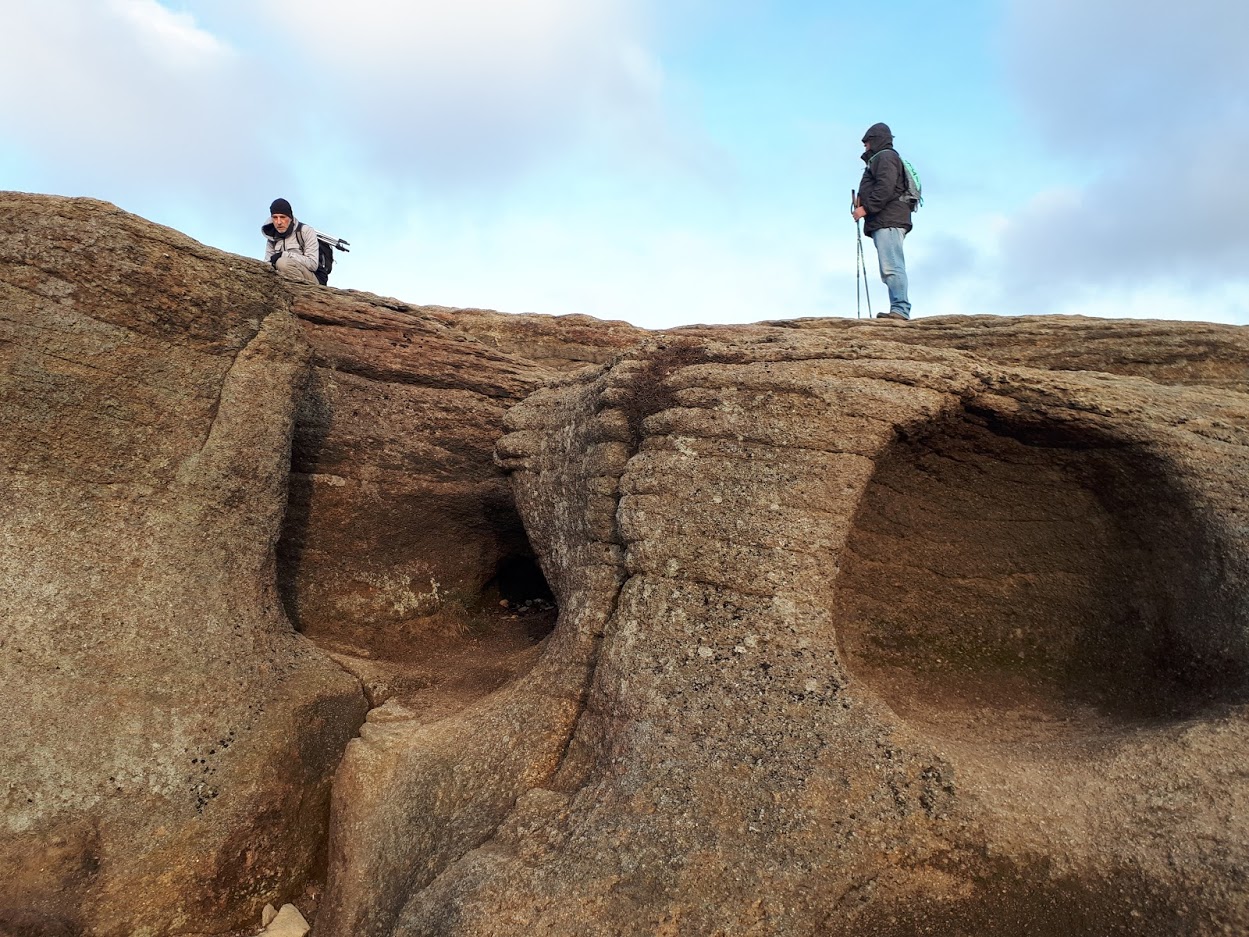Neolityczna symbolika odnaleziona w Beskidzie Śląskim

Zanim przejdę do próby omówienia kwestii poruszonej w tytule postu proponują , by czytelnik w pierwszej kolejności zapoznał się z poniżej linkowanym artykułem: ” The rhombus a very frequent rock art sign”
Tym, co najbardziej nas powinno zainteresować jest poniższy fragment:
„So there cannot be any doubt that the rhomb at the semiotic level of “signs” represents “pars pro toto” the female body and the idea of the female (equal to the sign triangle in other cultural regions of other periods). Let us turn to the question of whether the rhomb can have a symbolic meaning too. There are a lot of indications, that quite early in the history of mankind the rhomb was connected with the idea of fertility, of live-giving power. Duerr (1984) documented, that for North American Indian tribes the central cup mark of rhombi had the meaning of a magic fertilisation. This symbols were associated with the woman as well as with female animals, the guarantee of survival for the early hunting societies (see the famous Magdalene hole-stick from Lorthet Fig. 5).The next step corresponding with the Neolithic revolution of settling down and developing agriculture was the idea of understanding the whole earth as female: to recognise the relationship between the fertility of soil and the female sexuality. For early agricultural society the female body of the earth was the place of regeneration of life. The entrance into the body of earth was possible through caves, so they were compared with the vagina of women. Therefore it can be no surprise that rhombi so often appear at the entrances of caves in Salzkammergut: at the Kalmosskirche, the Felszeichennische, the Jochwand-Halbhöhle as well as at the Gartenloch or the Seekarkirche. According to Neumann the symbolic meaning of natural caves changed over during the history of development to the cultural equivalents like temples, huts or houses. In all these cases doors and gates symbolise the womb of the motherly “vessel” (1987:57). Not infrequently the deep ritual importance of these thresholds between “inside” and outside” was manifested by strong symbols like the rhomb: by dozens of rhombi in lintels or great stones blocking entry to megalithic tombs or passage graves (Fourknocks, Newgrange). „.
Teraz możemy przejść do krótkiego omówienia poruszanej kwestii.
Dzięki eksploracji prowadzonej przez członków Sekcji Archeologicznej Speleoklubu Bielsko-Biała, udało się zlokalizować dwa ryty w kształcie rombu na Malinowskiej Skale w Beskidzie Śląskim, poniżej zdjęcia rytów wykonane w czasie kolejnych eksploracji:

….
(Zdjęcia z archiwum Jerzego Ganszera – Sekcja Archeologiczna Speleoklubu Bielsko-Biała, udostępnione za jego zgodą)
Jak widać na załączonych zdjęciach , ryty maja kształt zbliżony do rombów. Pochodzenie rytów nie jest znane i może być różnie interpretowane. Z naocznej obserwacji autora wynika, iż krawędzie rytów nie są ostro zakończone , co może wskazywać , iż nie zostały one wykonane w ostatnich latach.
Ta okoliczność może mieć znaczenie jeśli uwzględni się również kształt wychodni od jej zachodniej strony, który ukazują poniższe zdjęcia:

więcej u źródła: http://halfsciencenonfiction.blogspot.com/2021/05/neolityczna-symbolika-odnaleziona-w.html
